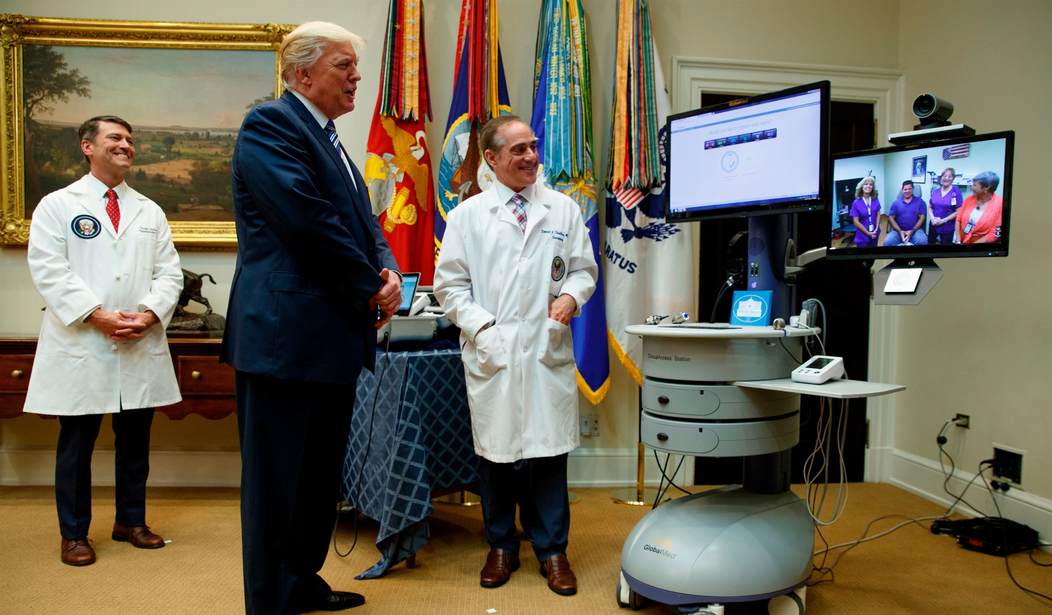Montana recently made a positive step toward more patient freedom by permanently expanding telehealth services. Unlike traditional in-person care, telehealth offers more affordable and accessible care options for patients.
Telehealth allows patients to access medical care via an app on their smartphone. Thus, telehealth allows patients to seek many routine health care services from the comfort of their homes.
Over the past few years, telehealth has become more prevalent and popular. Fortunately, Montana policymakers took notice by deregulating the marketplace to allow for more expansion of telehealth services within the Treasure State.
According to a recent study, 80 percent of telehealth patients accessing care via a mobile app preferred telehealth service compared to in-office visits. Telehealth offers a wide variety of remote options for patients, and the patient-centered model is more flexible than traditional in-person care.
Furthermore, expanding telehealth services will have a positive impact on rural communities, which encompass a large portion of Montana’s population. Recent studies show that rural populations have a 23 percent higher mortality rate than urban residents. And telehealth plays an important role in rural areas by providing services that otherwise might have been unattainable because of barriers like poverty and limited transportation.
When asked about expanding telehealth services, Montana Gov. Gianforte said, “Telehealth services are transforming how care is delivered in Montana, particularly in our frontier and rural communities.”
He added, “This new, commonsense law eliminates unnecessary, burdensome regulations, increases flexibility for patients and providers, and makes health care more accessible to more Montanans. If these telehealth regulations weren’t needed as we confront the pandemic, they’re not needed as we move forward.”
Gianforte makes a good point. If regulations limiting telehealth weren’t necessary during the COVID-19 pandemic, why are they necessary in the first place?
A recent study found that more than 40 percent of patients delayed or avoided in-person medical procedures and appointments out of fear of contracting COVID-19 in hospitals and other medical facilities. Delayed or avoided medical care increases morbidity and mortality associated with chronic and acute health conditions.
Obviously, these fears could be put to rest if these patients had unfettered access to telehealth services. Thanks to technological advancements, telehealth makes this a moot point.
Throughout the country, increased telehealth access is helping patients get the care they desperately need without any hesitation of entering a medical facility. However, it is also important to note that telehealth is a complement to in-person care—not a replacement. Of course, many medical situations would not be applicable to telehealth.
Rolling back regulatory burdens is a great first step to ensure that more Montanans have access to routine health care services. Other states that temporarily expanded telehealth services because of COVID-19 should consider following Montana’s lead by expanding telehealth permanently.
Regulatory barriers are one of the biggest obstacles to innovation in all fields. With technological advancements in the medical industry occurring at breakneck speed, governments must remove these outdated regulations. Expanding telehealth is commonsense policy, and all states should strive to make health care more accessible and affordable.
Christina Herrin ([email protected]) is the government relations manager at The Heartland Institute, a nonpartisan, free-market think-tank headquartered in Arlington Heights, Ill.













Join the conversation as a VIP Member